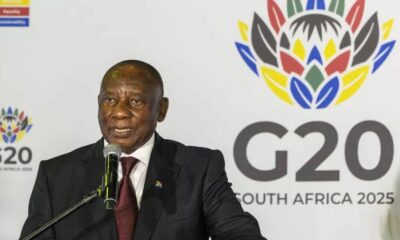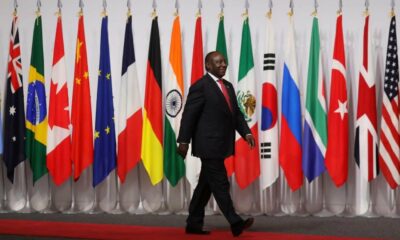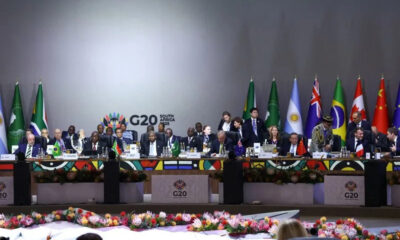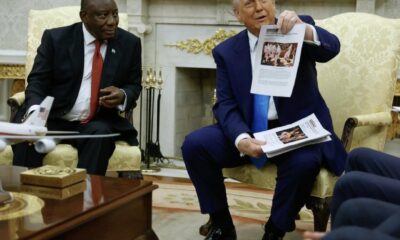News
Inside the G20 Rift: How Ramaphosa Held the Line as Trump Tried to Undermine the Summit
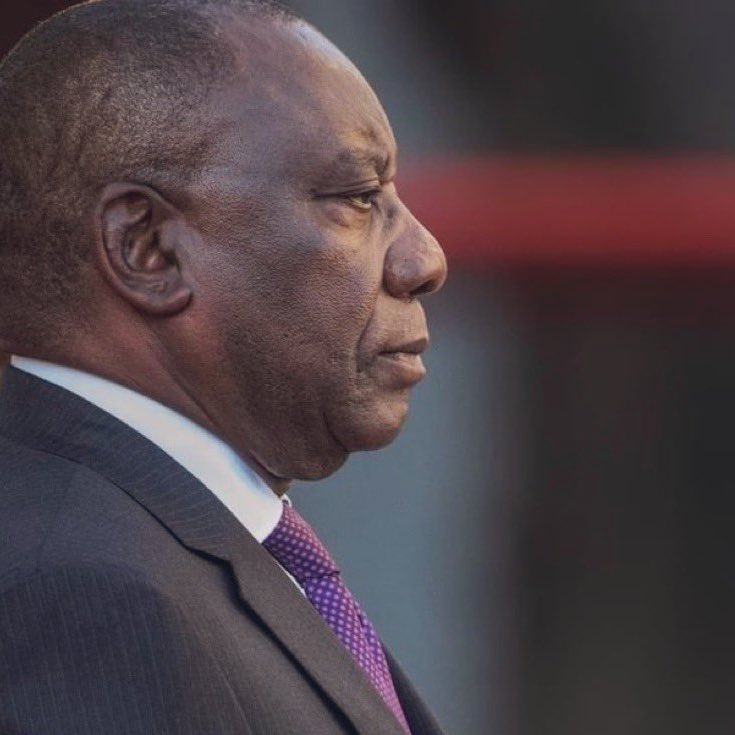
A G20 Split Screen: Trump’s Boycott Backfires as Ramaphosa Steers a Fractured World
A summit overshadowed by US drama, but not defined by it
Johannesburg hosted the G20 this year with all the noise, nerves and diplomatic choreography one expects when the world’s most powerful economies land on South African soil. But what should’ve been a moment of unity quickly morphed into a political split screen: two summits happening at once.
On one side, South African President Cyril Ramaphosa, under pressure after Donald Trump’s false claims of “white genocide” and a full-blown US boycott, quietly rallied the majority of the G20 behind a broad, cooperative declaration.
On the other?
Trump, absent, aggrieved, and loudly undermining the very idea of multilateralism.
But despite the theatrics, South Africa didn’t buckle. In fact, Ramaphosa walked away with something many thought impossible: a consensus declaration that kept Africa’s debt crisis front and centre.
One newspaper summed up the mood with a striking headline: “A Bloody Nose for Trump.”
The world moves on with or without Washington
While Trump attempted to delegitimise the summit, other global leaders openly embraced the opposite message.
Canadian Prime Minister Mark Carney delivered the line that echoed across Sandton:
“The world will move on without the US.”
Standing at a podium in Johannesburg, Carney reminded everyone that the G20 still assembled three-quarters of the world’s people, two-thirds of its GDP, and three-quarters of global trade even with the US refusing to participate.
The underlying message?
Washington may be sulking, but the global economy has already shifted.
A family photo with missing faces
The traditional G20 family photo told its own story: gaps where major leaders should’ve stood.
Trump wasn’t the only no-show China’s Xi Jinping was also absent. That double-vacancy underscored how strained the multilateral system has become, and how comfortable superpowers now feel setting their own rules.
Those who did attend made sure to use their time wisely. French President Emmanuel Macron made a chilling prediction on Day 1:
“The G20 may be reaching the end of a cycle.”
He wasn’t wrong. As the weekend unfolded, that “cycle” cracked open in dramatic fashion from the Ukraine peace plan Trump floated (widely seen as handing Russia everything it wants) to Western leaders scrambling to form strategies in side rooms.
Western leaders huddle while the Global South clusters
If you walked the summit’s corridors, it was clear the G20 had become less a single table and more a collection of mini-summits.
In one corner:
Ursula von der Leyen and European leaders held a G7-style huddle, snapping a group photo pointedly missing the US. Their main concern: Trump’s peace plan, which they say weakens Ukraine’s security and redraws borders by force.
Von der Leyen posted on X that while the EU welcomed US “efforts”, the proposal needed “additional work” and raised deep concerns about limits on Ukraine’s defence capabilities.
In another corner:
Global South leaders were running their own agenda.
-
Turkey’s President Recep Tayyip Erdoğan addressed what he labelled a genocide in Gaza.
-
Brazil’s Lula raised alarm over the US military buildup near Venezuela.
-
India, Brazil and South Africa revived a BRICS-lite formation during a strategic tri-lateral meeting.
-
India used the summit to convene a dozen side meetings.
-
The UK and Indonesia inked a £4bn maritime deal.
-
India, Australia and Canada launched a partnership on emerging technologies.
And somewhere in that diplomatic circus, Ramaphosa kept African debt reduction on the table, a quiet but meaningful victory.
The deeper story: the world is reorganising itself
A senior analyst put it bluntly:
Countries are clustering because the US and China no longer care for multilateralism.
-
Europe is consumed by Ukraine.
-
The developing world is consumed by debt, trade, energy transition and tech access.
-
The old G20 “everyone in one room” model is fading.
Eurasia Group’s Pramit Pal Chaudhuri said the clustering is worse than ever, describing a world drifting into blocs, not bridges.
German Chancellor Friedrich Merz summarised the sentiment that hung over the weekend:
“The world is reorganising itself. The US played no role here. I don’t think it was wise for the US to be absent.”
So did Trump’s boycott work?
Short answer: No.
Long answer: It worked only in amplifying how fractured the global order has become but not in stopping the summit.
Ramaphosa still secured:
-
A formal G20 declaration
-
Endorsements of multilateral values the US spent the year attacking
-
A place for African debt relief in the final text
-
Momentum for Global South priorities despite Western-Eastern tensions
And perhaps most importantly, the summit exposed something the US might not like but can no longer avoid:
The centre of global economic gravity is shifting and Africa is not on the sidelines.
Public reaction: frustration, pride, and a sense of déjà vu
South Africans reacted with a mix of irritation and defiance.
On social media, the mood leaned patriotic:
-
“Trust Trump to throw a tantrum when SA is leading.”
-
“Ramaphosa actually handled this wellcredit where due.”
-
“The West must realise Africa isn’t a spectator anymore.”
Political analysts echoed the sentiment: the summit didn’t hide global fractures, it put them under a spotlight.
This year’s G20 wasn’t a slick moment of global unity. It was a messy, uncomfortable, deeply revealing snapshot of a world in transition.
Trump tried to sabotage the summit.
Ramaphosa delivered a declaration anyway.
And in the process, Johannesburg became the stage for a much bigger truth:
The era of one dominant power calling the shots is fading. The new world is multipolar, contested, and loudly negotiating its future, with Africa firmly in the room.
{Source: Moneyweb}
Follow Joburg ETC on Facebook, Twitter , TikTok and Instagram
For more News in Johannesburg, visit joburgetc.com

